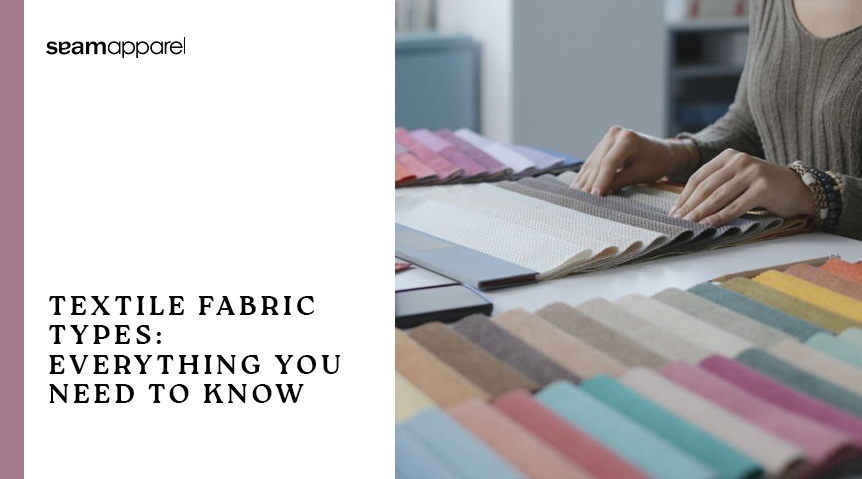Different types of fabrics have different uses. Some are better for clothing, while others are better for upholstery or other purposes. Knowing the difference between them can help you choose the right fabric for your needs.
If you have questions like, what are the different kinds of fabrics, how many types of fabrics are there, and what’s the difference between fabric and textile, we are here to help.
Let’s jump right into discussing the most popular types of fabrics and their uses.
Cashmere
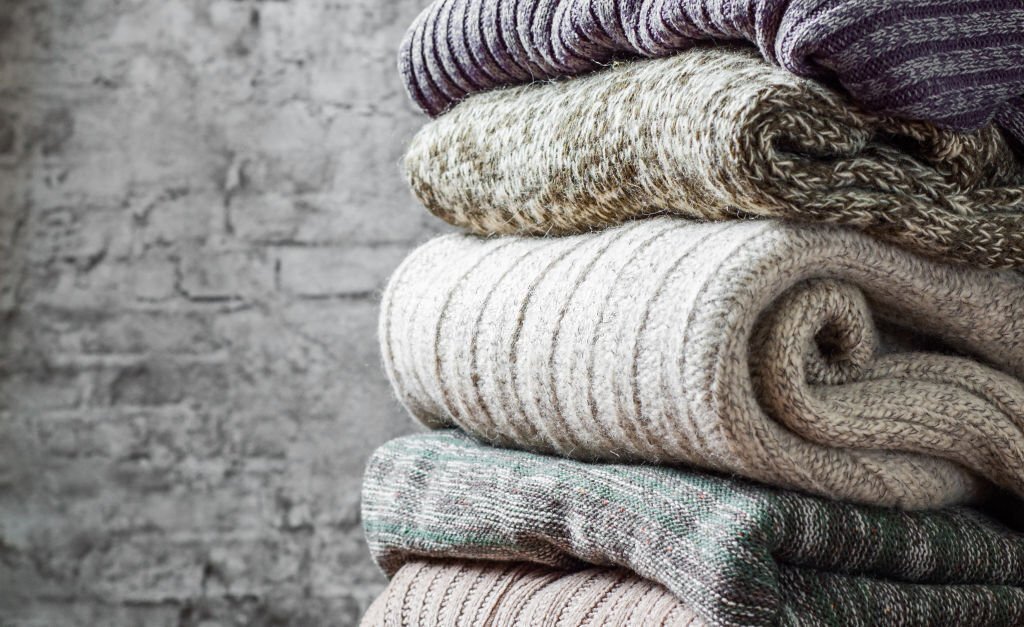

One of the different types of fabric is cashmere.
Cashmere is made from the wool of cashmere goats. It is one of the world’s most luxurious fabrics and is often used for high-end clothing and accessories. Cashmere is known for its softness, warmth, and durability. It is hands down one of the best lightest fabric types available.
The use of cashmere as a fabric dates back to ancient times. In the Middle Ages, it was popular among the nobility and was often used for making robes and other garments. Today, cashmere is still prized for its luxurious feel and appearance. It is also said to be warmer than wool and more breathable, making it an ideal choice for winter wear.
Despite its many positive qualities, cashmere does have some drawbacks. It is a relatively expensive fabric, and it can be difficult to care for. Cashmere is also susceptible to pilling, which is when the fabric starts to form small balls of fiber on its surface.
Related: How to Choose the Best Hoodie Material?
Cotton
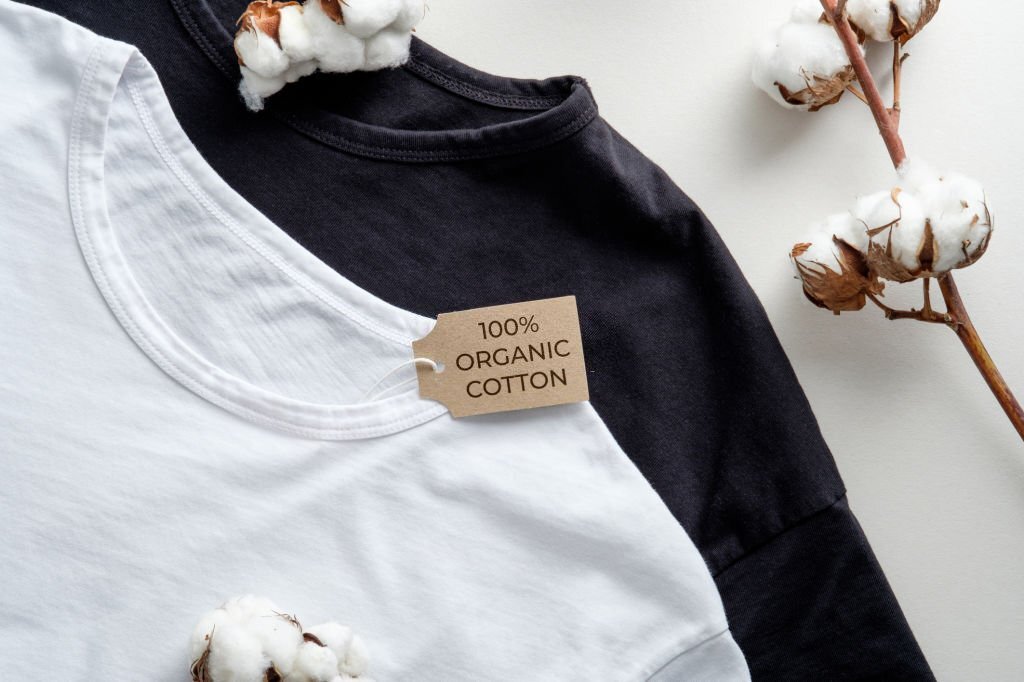

One of the most popular types of fabric textures is cotton.
Cotton is a natural fiber that is derived from the cotton plant. The cotton plant is a shrub that is native to tropical and subtropical regions around the world, including the Americas, Africa, and India.
Cotton is made from the spun fibers of the cotton plant’s seeds. The fibers are first combed to remove any impurities, and then they are spun into yarn. The yarn is then woven or knit into fabric. Cotton fabric can be either plain or patterned, and it can be used for a variety of purposes, including clothing, upholstery, and towels.
If you have a private label, there’s no way your collection shouldn’t carry cotton clothing options. If you’re wondering what is private label, it is a product that is manufactured by one company and sold under another company’s brand.
Cotton is a popular fabric choice because it is soft, durable, and absorbent. It is also easy to care for, making it a low-maintenance option for many people. Cotton fabric is available in a variety of weights and finishes, so it can be used for a variety of applications.
Linen
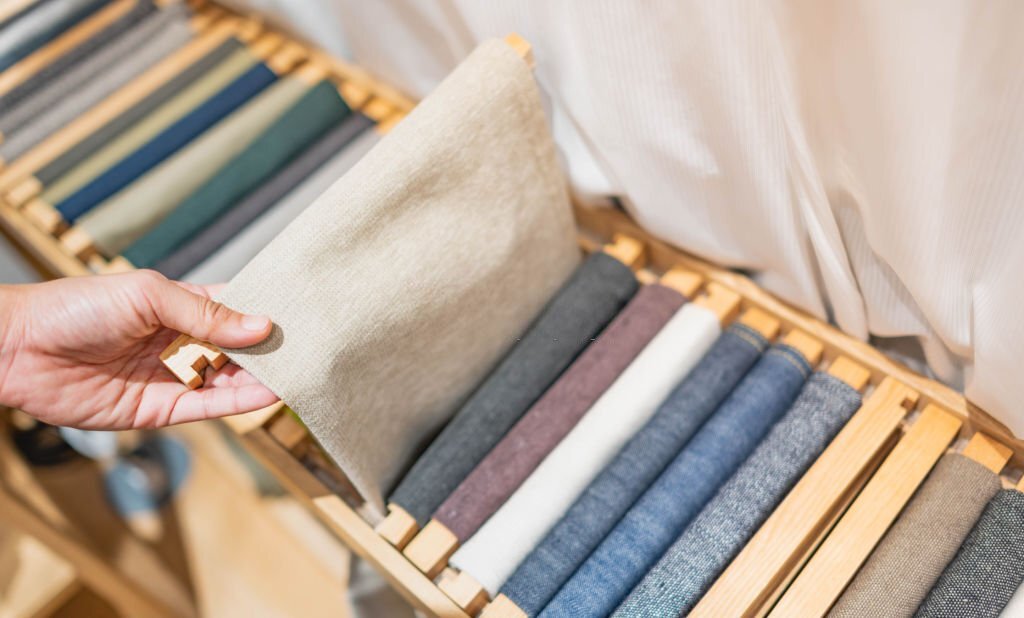

Linen is a fabric that is made from the fibers of the flax plant. It is a natural fiber and is much stronger than cotton. Linen is also more absorbent than cotton, which makes it ideal for use in hot weather.
Linen clothing is often worn in the summer months because it helps to keep the body cool and comfortable. The loose weave of the fabric allows air to circulate around the body, making it feel cooler. Linen garments are also less likely to cling to the skin than other fabrics, making them more comfortable to wear in warm weather.
While linen clothing is often associated with summertime, it can be worn year-round if it is styled correctly. Layering linen garments over other pieces can help to create a chic and stylish outfit that can be worn in any season.
Linen is a fabric that has been used for centuries, and its popularity is still strong today. Thanks to its natural fibers, linen is a durable and long-lasting fabric that only gets better with age.
Silk
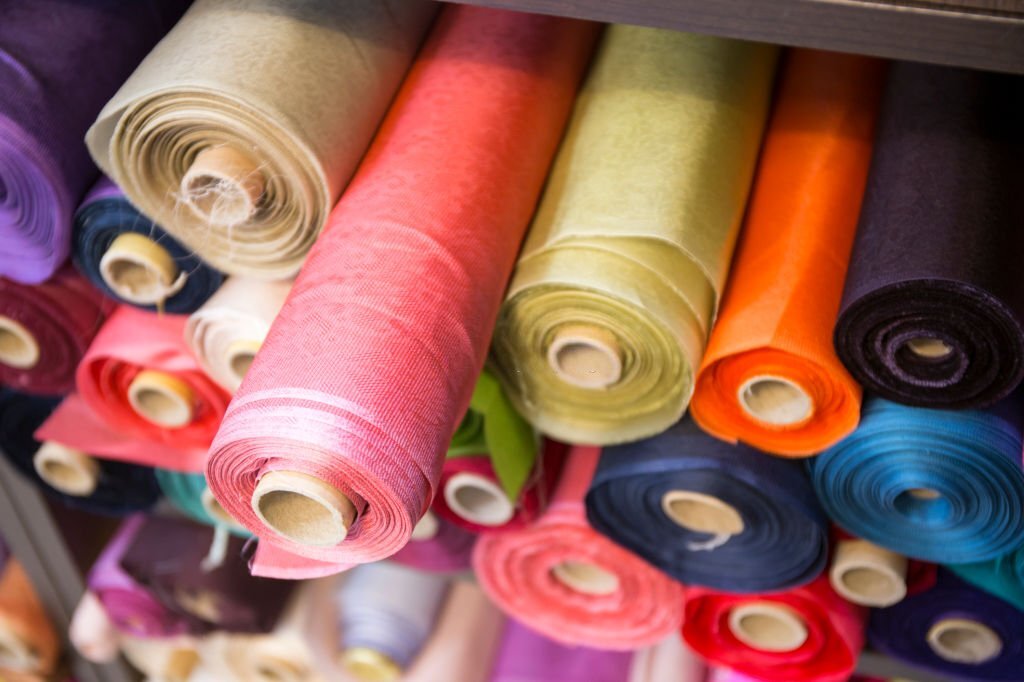

Other different types of fabrics include silk.
Silk is a natural protein fiber that can be woven into fabric. It is one of the strongest natural fibers, but it is also very delicate. Silk is often used for making fine clothing and other luxury items.
It is made from silk thread that is produced by silkworms. The silkworms spin cocoons around themselves using their own saliva. Once the cocoons are complete, they are placed in boiling water to kill the worm and loosen the threads. The threads are then dyed and woven into fabric.
Silk is a smooth, soft, and shiny fabric that has many benefits. It is a strong and durable textile fabric that can be used for both casual and formal wear. Silk is also hypoallergenic, making it a good choice for people with skin sensitivities. Silk is also a temperature-regulating fabric, meaning it keeps you cool in the summer and warm in the winter.
While silk is a luxurious textile fabric, it does require special care. It should be dry cleaned or hand washed in cool water with a mild detergent. It should be hung to dry out of direct sunlight. Silk can also be ironed on a low setting if necessary.
Wool
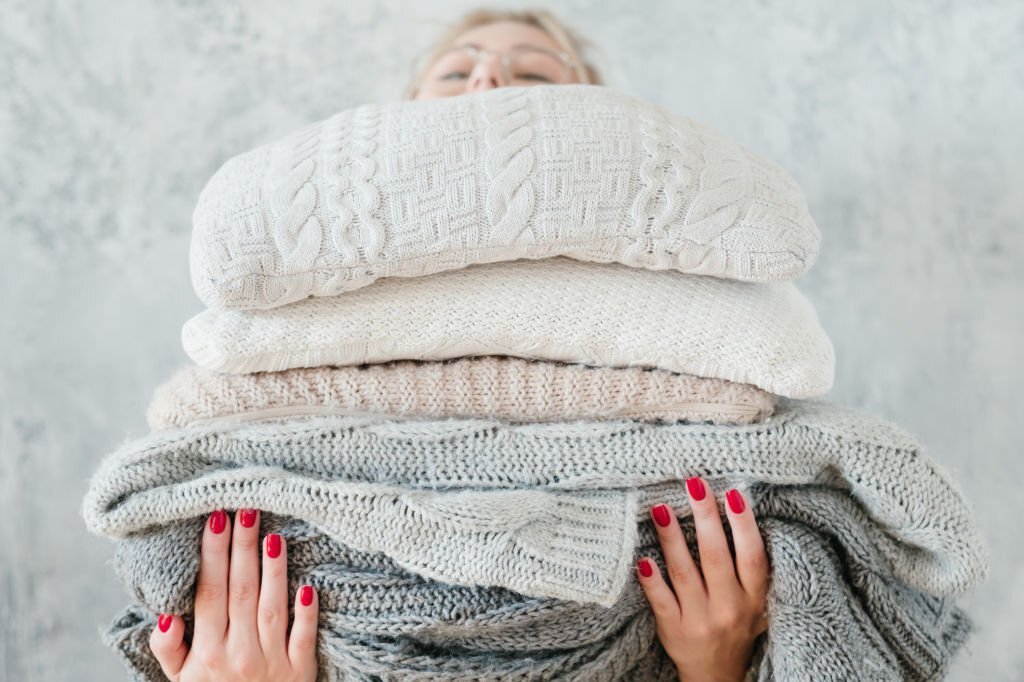

Wool is a different type of fabric. It is made from the hair of sheep. It is a natural material that is both durable and warm, making it ideal for clothing and other items such as blankets and carpets. Wool is best suited for cooler temperatures.
When taking care of wool garments, it is important to avoid washing them too often, as this can cause the fibers to break down. Additionally, wool should be kept out of direct sunlight as this can cause the colors to fade. Some of the benefits of wool include its durability, warmth, and breathability. However, some drawbacks of wool include its high price tag and the fact that it can be difficult to care for.
Polyester
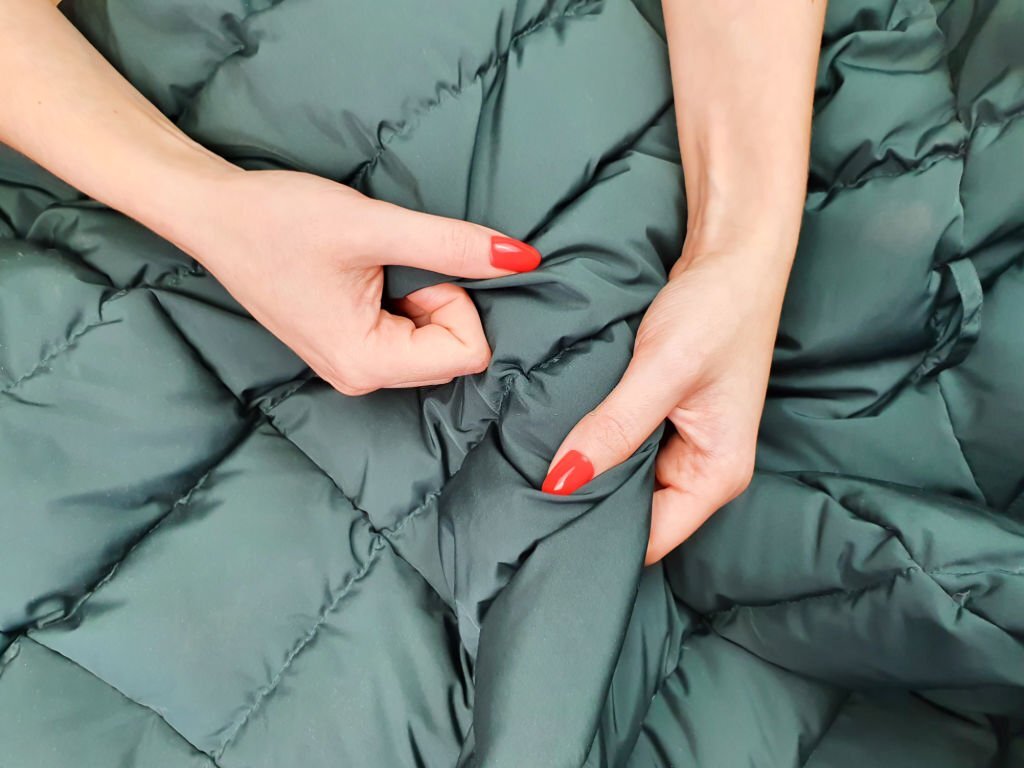

Polyester is a fabric made from synthetic fibers. It is typically used in clothing and upholstery. Polyester is a durable fabric, but it can be difficult to care for. It is important to read the care label carefully before washing or dry cleaning polyester.
It is a versatile textile fabric and can be used for many different types of clothing. It is often used in sportswear, casual wear, and workwear. Polyester is also sometimes used in formal wear.
Polyester has several benefits. It is durable and wrinkle-resistant. It is also easy to care for. Polyester does not shrink or stretch, making it ideal for fitted clothing. Another great thing about polyester is that it can be worn all year round.
Leather
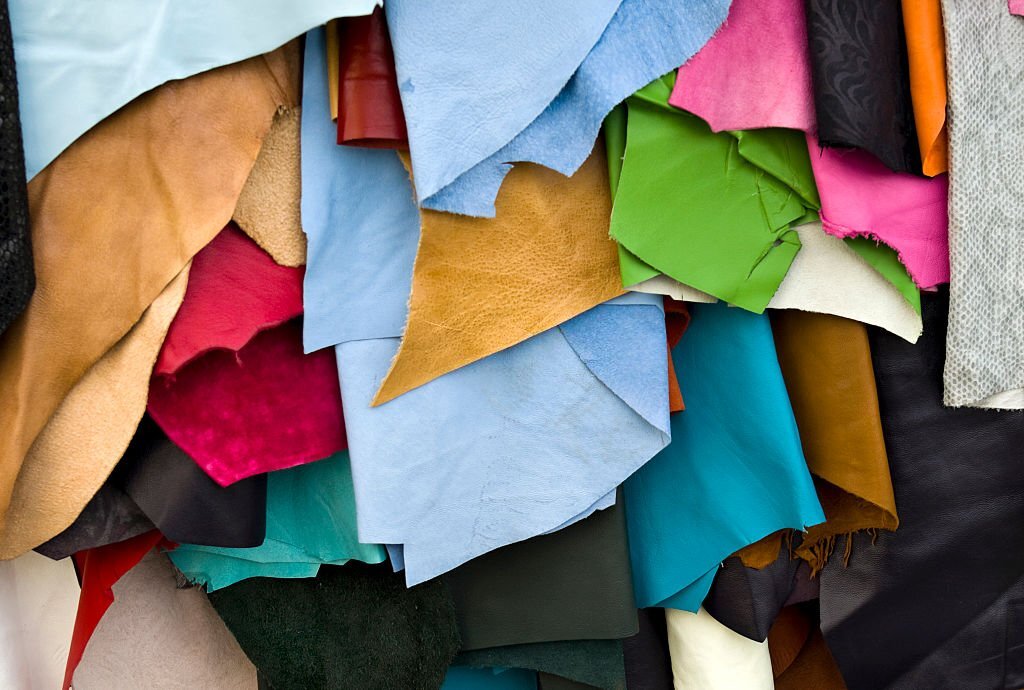

Leather is a material made from the skin of an animal. It can be used to make clothing, shoes, and other items. Leather is durable and can last for many years if it is properly cared for.
It is usually made from cowhide, but it can also be made from the skin of other animals, such as sheep, goats, pigs, and buffalo. Leather can be divided into two types: full-grain and top-grain. Full-grain leather has not been sanded or buffed to remove any imperfections on the surface of the hide. Top-grain leather has been sanded or buffed to remove some of the imperfections on the surface of the hide.
Leather is a natural product and will break down over time if it is not properly cared for. Leather should be cleaned with a mild soap and water solution. It should then be conditioned with a leather conditioner to help keep it from drying out and cracking. When leather gets wet, it should be allowed to air dry. Do not use a hair dryer or other heat source to dry leather, as this can damage the material.
The fabric is usually worn in winter, but there are some designs and styles that can be worn in hot weather, too.
Velvet
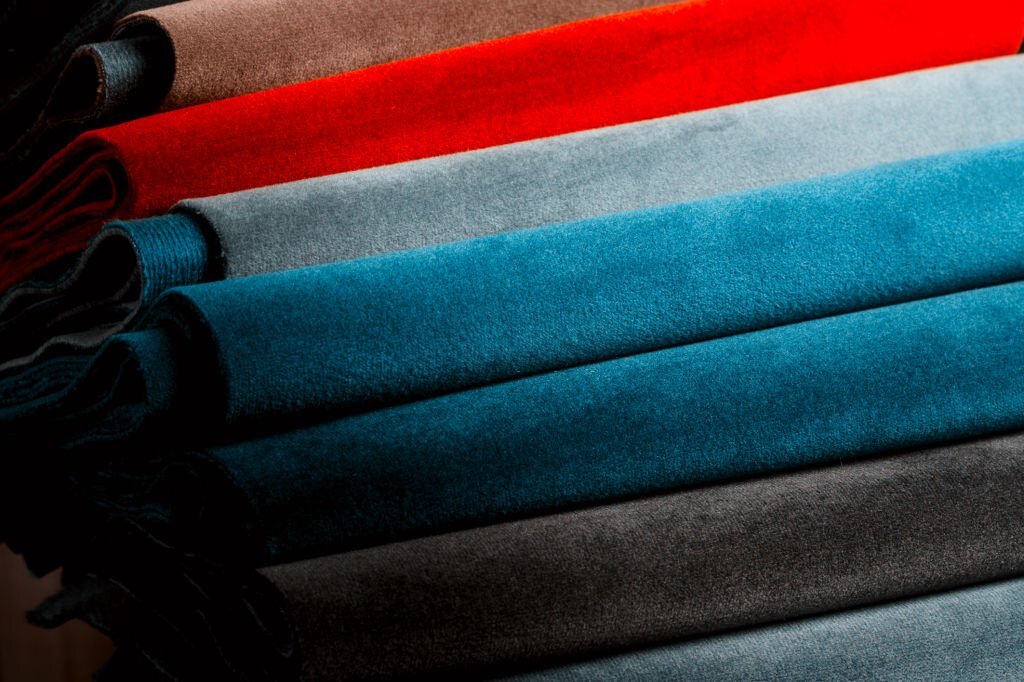

Velvet is a type of fabric that has a short, dense pile. The pile is made up of twisted fibers that are set into the fabric. Velvet can be made from a variety of different materials, including silk, cotton, and jersey fabric. Velvet is often used in clothing and upholstery because it has a luxurious feel and appearance.
Velvet is most often associated with formal wear, such as evening gowns and suits. However, it can also be used for more casual attire. When choosing what to wear velvet, it is important to keep the weather in mind. Velvet is not a good choice for warm weather because it can make the wearer feel hot and uncomfortable. Likewise, velvet should not be worn in very wet or humid conditions as it can absorb moisture and become stained.
It is a delicate fabric and should be handled with care. It should be brushed in the direction of the pile to avoid damaging the fibers. Velvet can also be vacuumed using a soft brush attachment. When storing velvet, it is best to keep it in a cool, dry place out of direct sunlight.
Final Words
And there you have it – different types of fabrics and their uses. Whether you’re looking for fabric for your T-shirt business or your clothing sample production, we hope that this article was able to provide you with the information you needed.
Armed with this knowledge, you can now go out and purchase the right fabric for your specific needs, whether it be for clothing, upholstery, or any other application. If you are looking for different types of textured fabric, you should consider Boucle, Crepe, Flocked, etc.
With so many choices available, there truly is a fabric out there for everyone. Thanks for reading!

